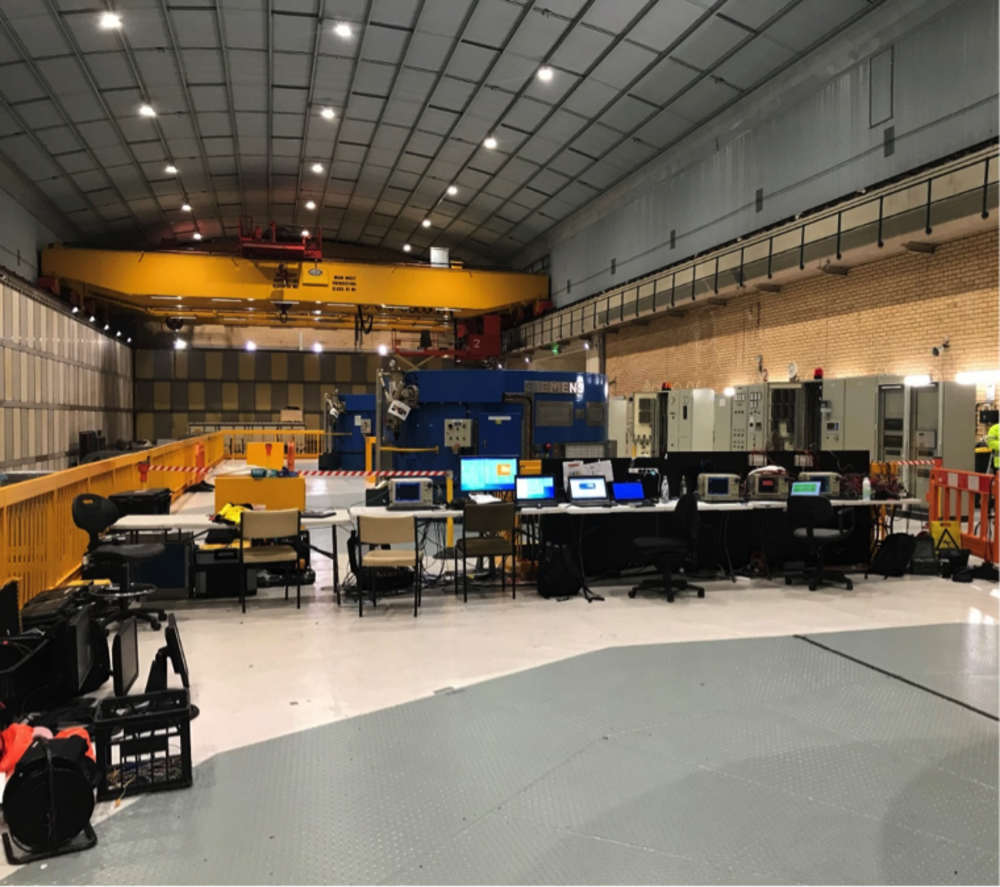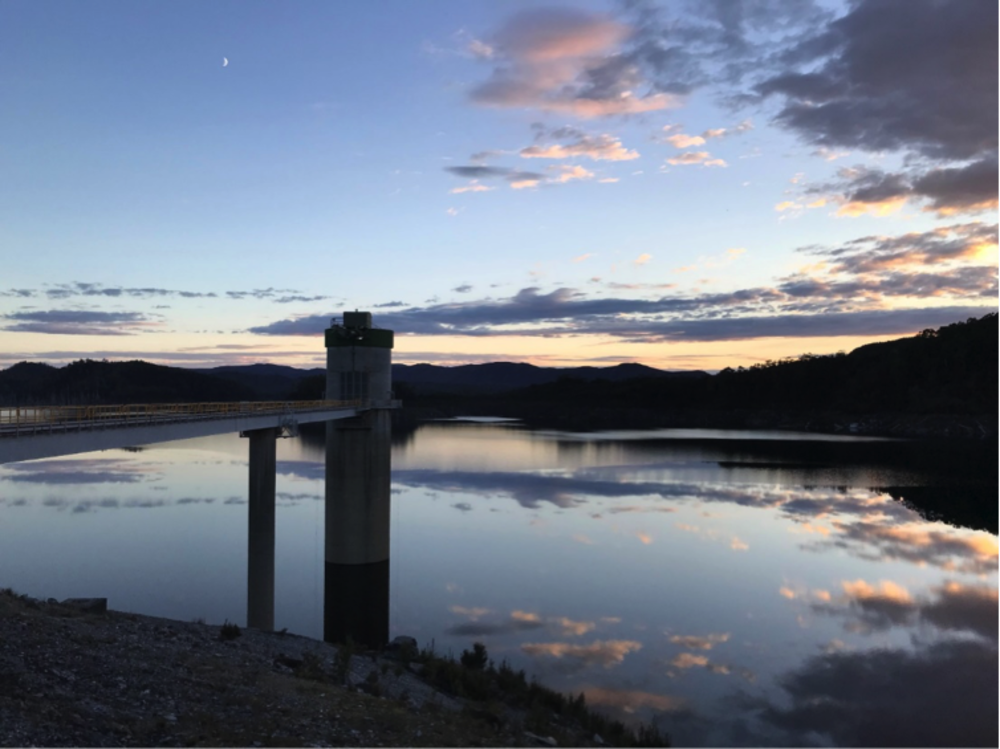Hydro Tasmania
Maria Brescianini
Graduate Mechanical Engineer at Hydro Tasmania
Bachelor of Engineering Honours
Graduates working at Hydro Tasmania complete several rotations in different business units throughout the company. I recently completed a rotation working at the Gordon Power Station, which is one of the largest hydropower stations in Australia. It is located on the west coast of Tasmania, about a 2.5-hour drive from Hobart.

6.20 AM
The alarm goes off, and it’s freezing cold. Luckily, the house has heated floors. I have 15 minutes to get dressed and pack my lunch. I then drive 20 minutes from the worker accommodation out to the power station.
7.00 AM
After arriving at the power station, I have a toolbox meeting with the whole team, including the project manager, other engineers, operators, and contractors. We go through the day’s schedule, what type of work everyone is doing, what permits we need, and the safety hazards associated with our work.
7.30 AM
I head underground, 183 meter into the power station, to where the station’s generators are located; luckily the crib room is down here, so I make myself a coffee and then boot up my laptop, check my emails, and start organizing the testing equipment.

8.00 AM
Today we are testing the power generator to ensure it is performing well and operating safely, as it’s recently been upgraded. We have test recorders monitoring parameters such as voltages, pressures, output power, and vibrations. While the test is running, I am analyzing the data, making sure everything is within the acceptance criteria and that there are no anomalies.
10.00 AM
Time for a break! I grab a second coffee and have a chat with everyone in the crib room.
11.00 AM
Back at the desk, I noticed something strange occurred during the generator testing. During a turbine shutdown, one of the valves that is supposed to open didn’t operate. I talked to the operator and my colleagues, and we found out that the valve has just been installed. Perhaps it wasn’t installed correctly, or there is another problem with it. This is when the troubleshooting starts. Time to go have a look at it and figure out what is going on.
12.00 PM
Lunchtime is when everyone heads to the crib room to sit down together. This is what makes working at Hydro Tasmania special; it’s like a big family lunch.
1.30 PM
I have a look through the technical drawings and design reports to gather information about the operation of the valve with the strange reading. It looks to me that there is a mechanical issue, so I call one of the operation engineers to determine a plan of how to fix it.
2.00 PM
I make a few more calls to organize someone to pick up part of the valve from the station and take it to our workshop at Cambridge, where it can get fixed. I also send out some emails to the other engineers in my team who are working in the Hobart office so that everyone is on the same page about what needs to get done.
3.30 PM
I call up the workshop to determine how long it would take to fix the valve. It looks like the valve won’t be ready in time so we re-prioritise some of the tasks so we don’t get behind schedule.
6.00 PM
Time to go. We sign off the permit and put some good tunes in the car and drive back to the village.

6.30 PM
We all head off to the local pub to have a parmi and chips. Again, it’s like a family meal, with everyone getting together. Being so remote from the next town, it is nice to be around so many friendly faces.
7.30 PM
Ping pong time! I really enjoy playing ping pong, as I can just relax and have a laugh with the crew.
8.30 PM
I’m finished for the day, and now it’s time to read a book or watch some TV.
9.30 PM
Head off to sleep and be prepared for another day.
Where are you now?
I have been working as an engineer for Hydro Tasmania for the past 4 years. I started as a Graduate Engineer and now I’m working as a Project Mechanical Engineer. My current work principally involves the planning and field implementation of hydro turbine commissioning and maintenance. Commissioning is a multidiscipline endeavour involving many engineers, specialists and operators. The environment is often stressful and relies on highly skilled personnel to mitigate the inherent risk of operating the machine for the first time after a major overhaul. In the last project, I worked on I was responsible for carrying out commissioning tests and coordinating site personnel at the recently upgraded John Butters power station, which is Tasmania’s largest hydro generator. I coordinated a wide range of technical activities and oversaw 10 engineers during the on-site work, which took place over a period of 2 months and required living away from home during each working week of that extended period. It was very rewarding to get to the end of the project and to be able to return the generator to commercial operation and keep the complex scope of work on track.
